
The story behind the first series
for Hand in Glove
Interview with Ben Kicic
Interview with Ben Kicic
Ben Kicic is a New York-based designer with a strong passion for research and innovation. His work revolves around the belief that design is an activity focused on simplicity, attention to detail, liveability and practicality: for this reason, he creates furniture and furnishings that establish a dialogue between functionality, art, culture and the history of materials.
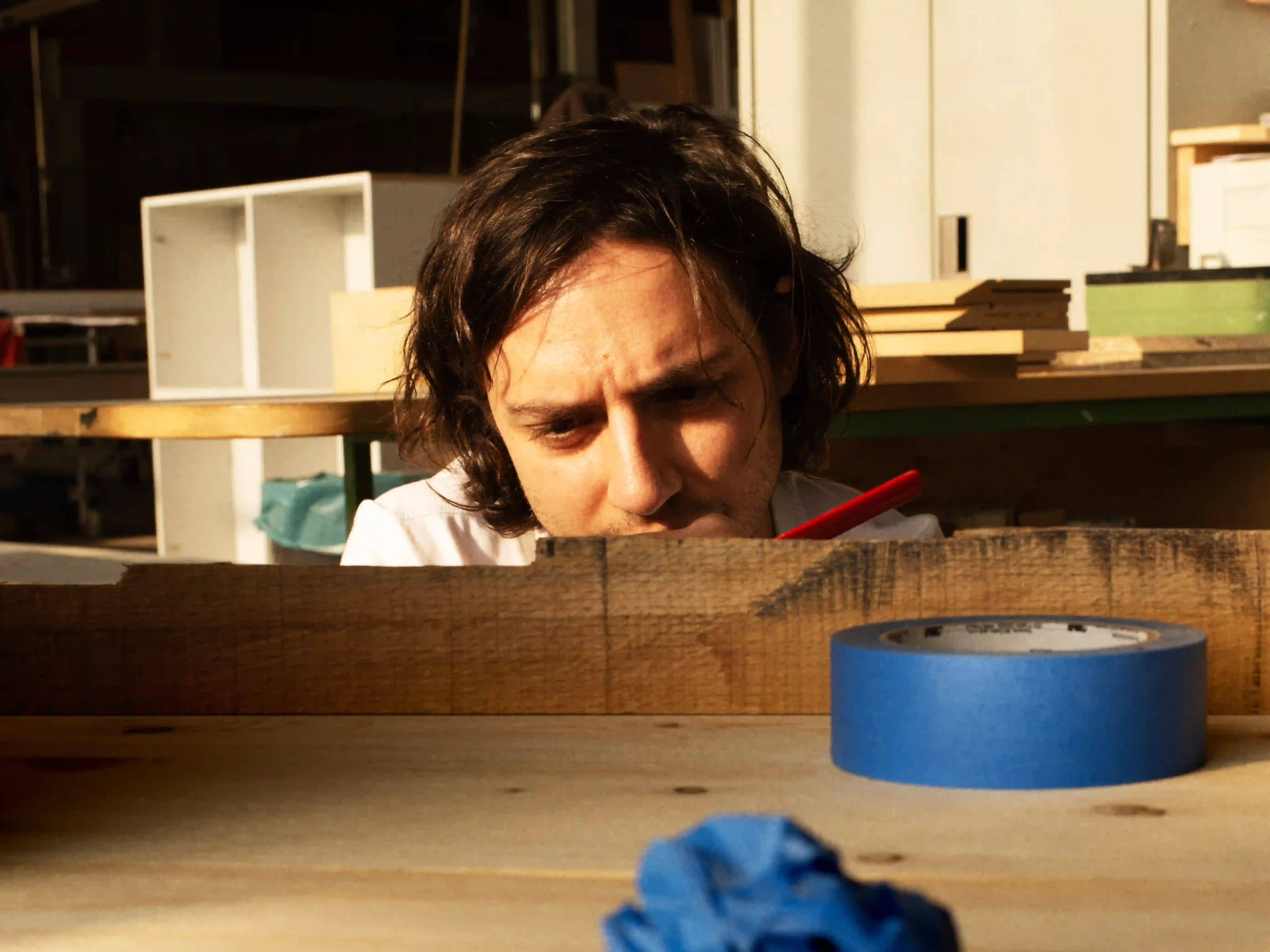
Veragouth and Xilema, Bedano, Switzerland 2024
Photo: Nicolas Polli
Unstated
What is your cultural background, and where are you currently based?
I was born in Sarajevo, in the former Yugoslavia, and came to the U.S. as a refugee when I was a child. I grew up in the Northeast and have lived most of my life in Brooklyn, New York, where I’m still based today and where I developed my practice – first working for design studios for 10 years, and since 2022 running my own.
U
In what ways is your cultural background shaping your work?
Growing up between cultures gave me a dual perspective, a sense of fitting in while also standing apart. That can come through in my work: designs that feel familiar, yet carry an undercurrent of another place. Especially in the beginning, the influence of my country of origin and my personal history shaped how I perceived the differences between the way my parents related to objects compared to my peers. Now my vision has broadened, and I’ve started looking more at the craft traditions of the Balkans.

Ben Kicic Studio, Brooklyn 2024
Photo: Jenn Roberts
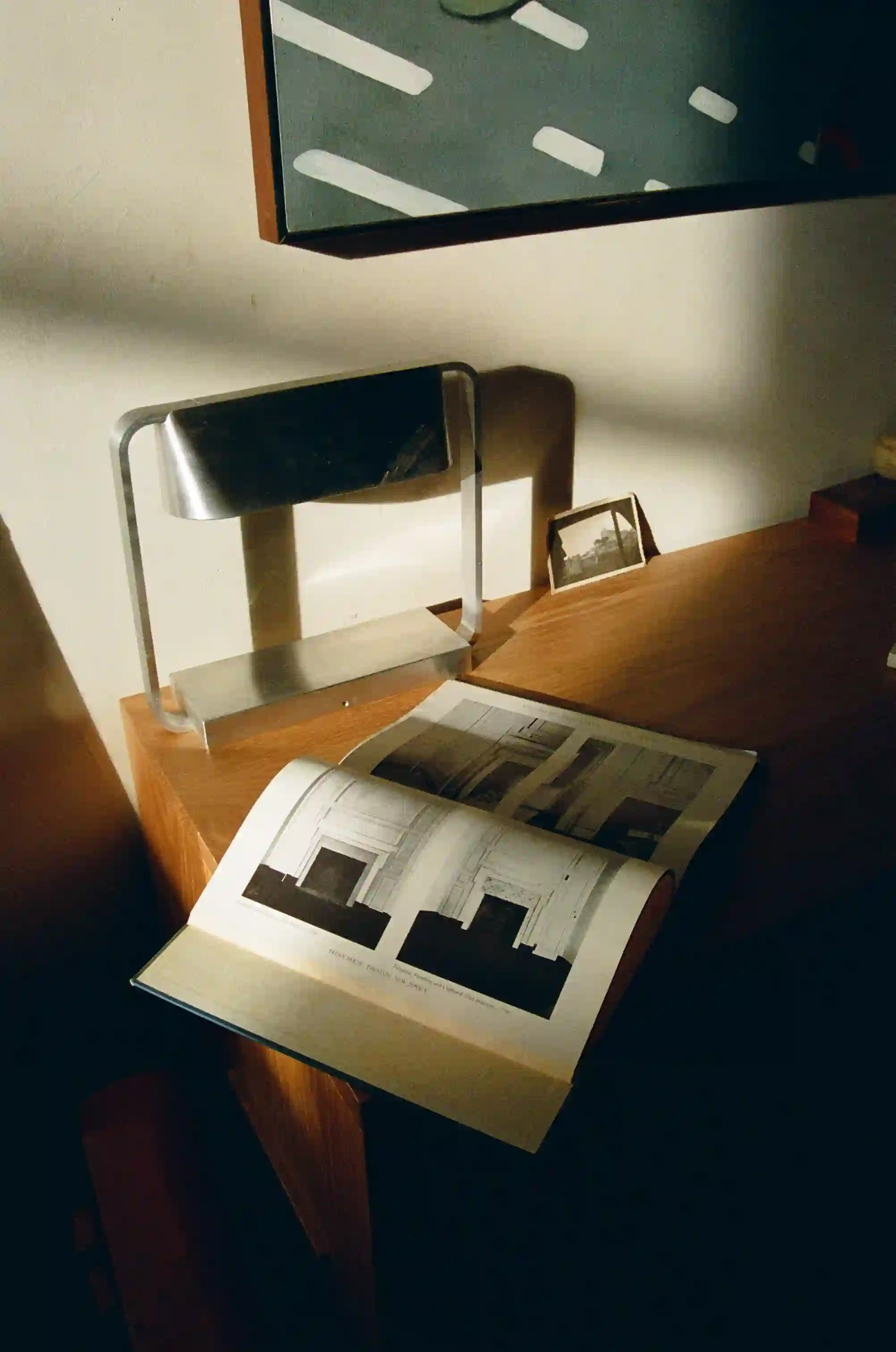
Ben Kicic Atelier, Brooklyn 2024
Photo: Jenn Roberts
U
What would you define as the cornerstones of your design practice?
The cornerstones of my practice are part research, not just design but how people live with objects and furniture. Livability, small details, practicality combined with objects that are well made, well designed and well lived with. When I work on larger projects, like interiors, every piece has to feel purposeful, whether it’s furniture, a custom interior element, or an entire space.
U
Which influences and research environments are you most familiar with?
My research environment is partly rooted in working with physical materials. I spend a great deal of time in my workshop, testing finishes, refining proportions, and experimenting with fabrication methods to see how ideas hold up in practice. For me, it’s important that designs don’t exist only in the digital realm – they need to be tested, touched, and experienced in real space to truly come to life.

Ben Kicic Studio, Brooklyn 2024
Photo: Jenn Roberts
U
What does it mean to be a product designer in New York today? And how can one stand out among the multitude of designers and brands that are constantly producing new work?
The key is to continue developing your practice steadily, focusing on work that goes beyond style and is rooted in an ethos you create, refine, and grow over time. I also place a strong emphasis on longevity – creating pieces that endure and feel meaningful, rather than anything disposable or fleeting.
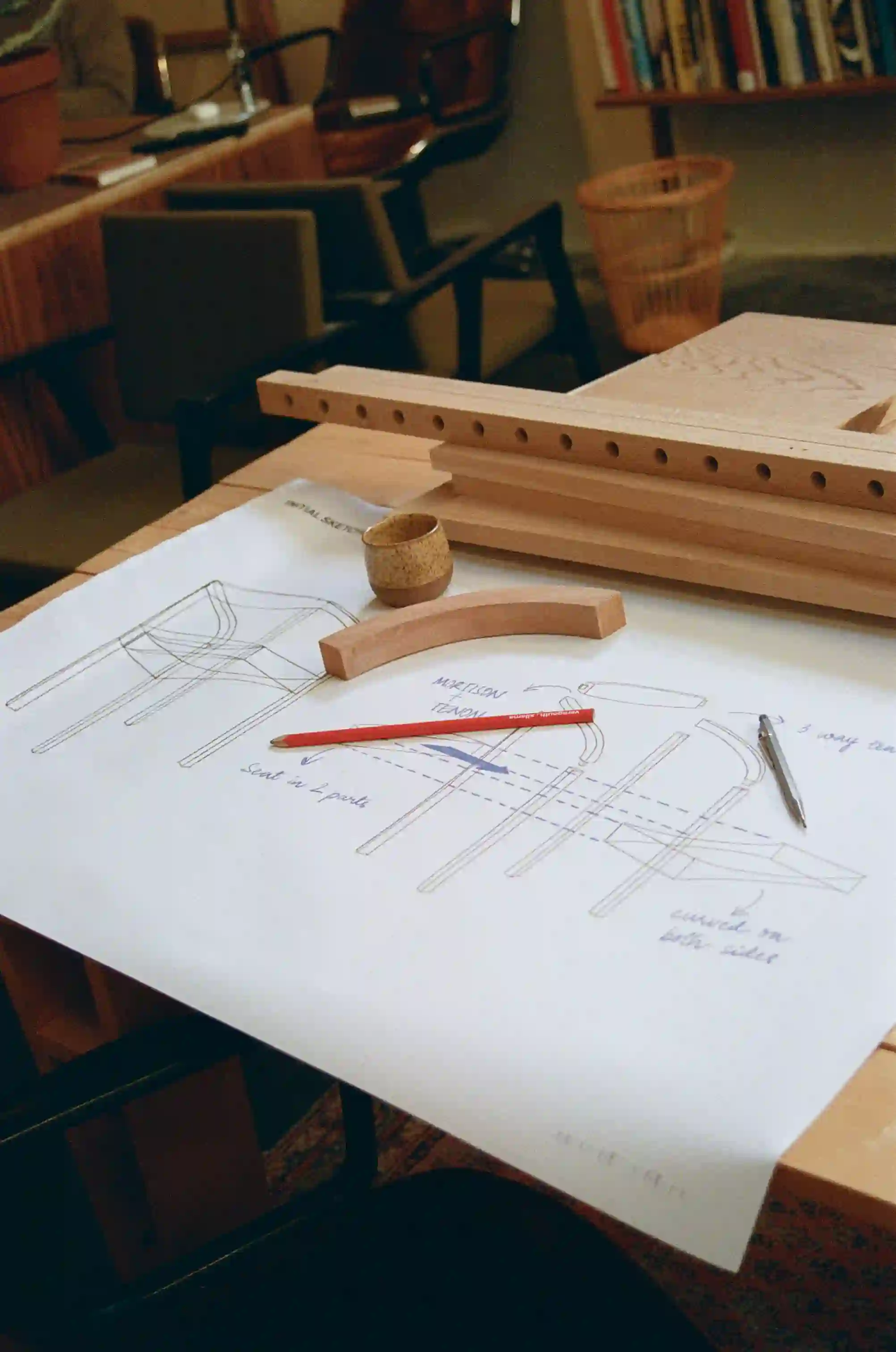
Ben Kicic Studio, Brooklyn 2024
Photo: Jenn Roberts
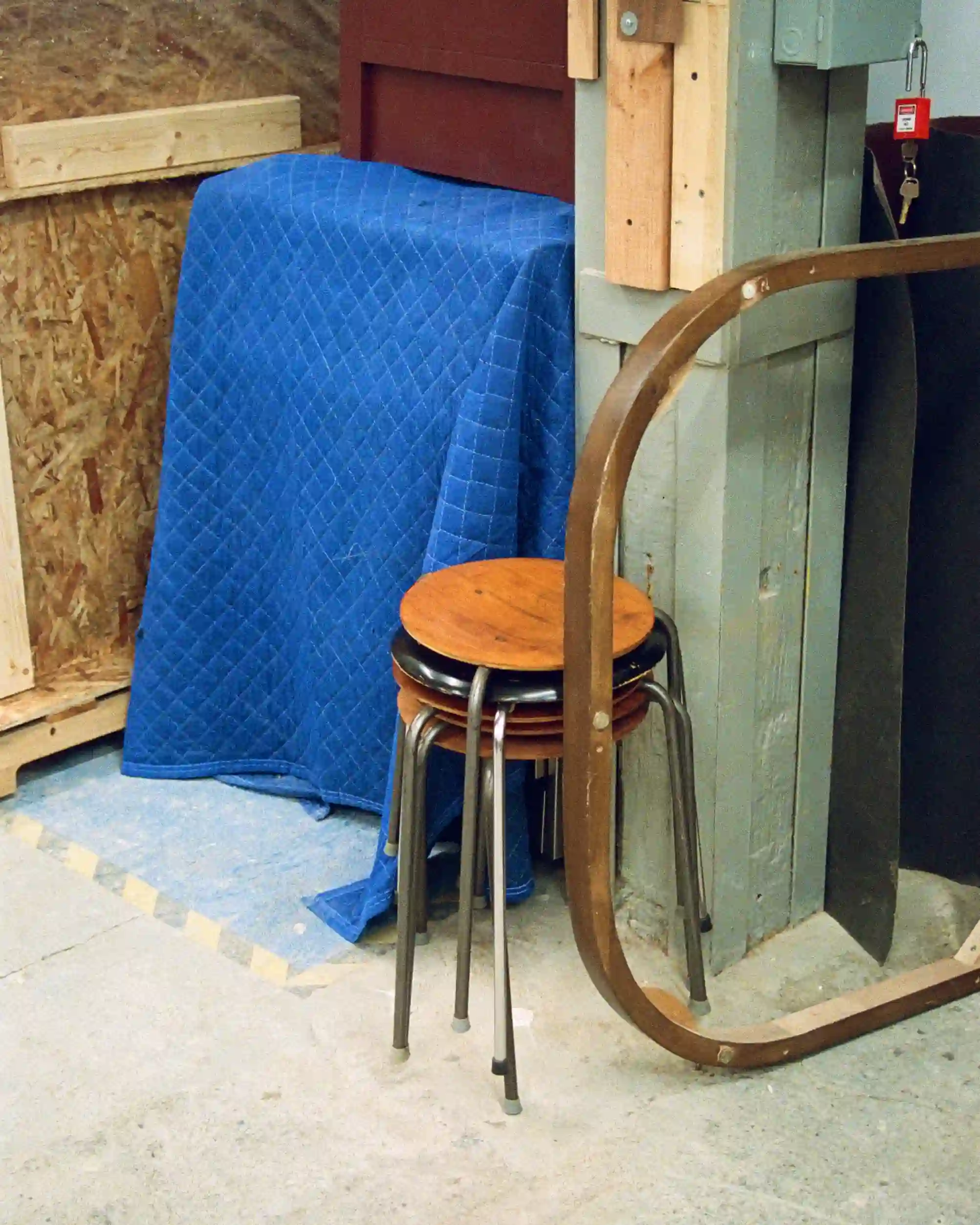
Ben Kicic Studio, Brooklyn 2024
Photo: Jenn Roberts
U
What role does the choice of materials play in your practice? At which stage do they enter, and how do they influence your work?
Materials are one of the starting points. Some designs do need to focus around a material’s natural strengths and limits, rather than imposing a form that ignores them. In a lot of ways, material often dictates the direction of a design. But it’s not the most restrictive. When you understand a material well, it’s just one factor of many.
U
Designing with wood: in which cases do you use wood as a material, and how does it shape your design process? Which of its characteristics constitute limitations or opportunities?
I often design in wood because much of what I do is produced in my own shop, whether for production runs or prototypes. Wood has a natural warmth and presence that makes it ideal for furniture and objects. It does come with limits, you need proper joinery, it has to hold weight, and it must be safe and sturdy but those constraints are also opportunities. They push the design toward structural honesty and keep the piece grounded.
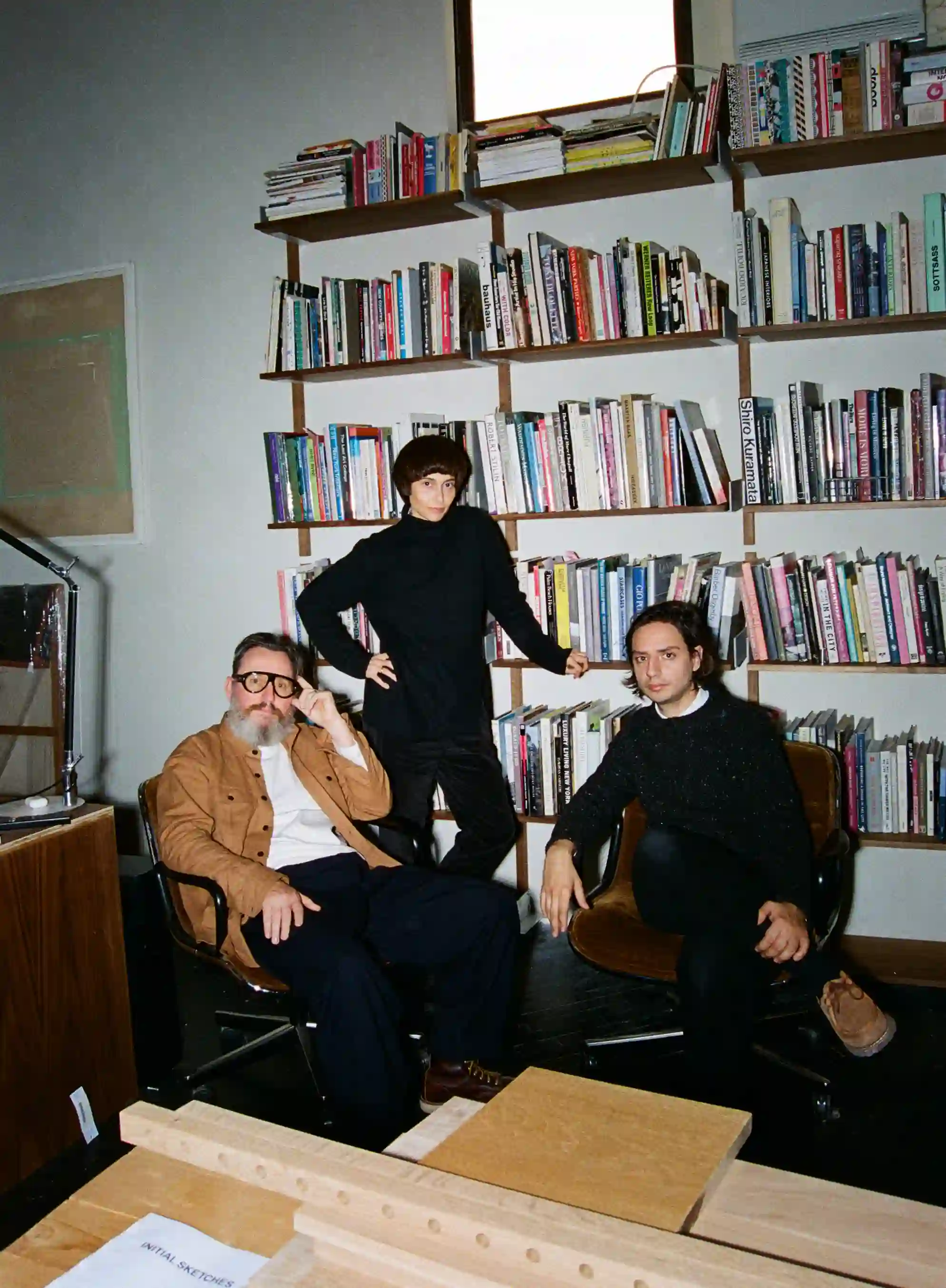
Ben Kicic Studio, Brooklyn 2024
Photo: Jenn Roberts
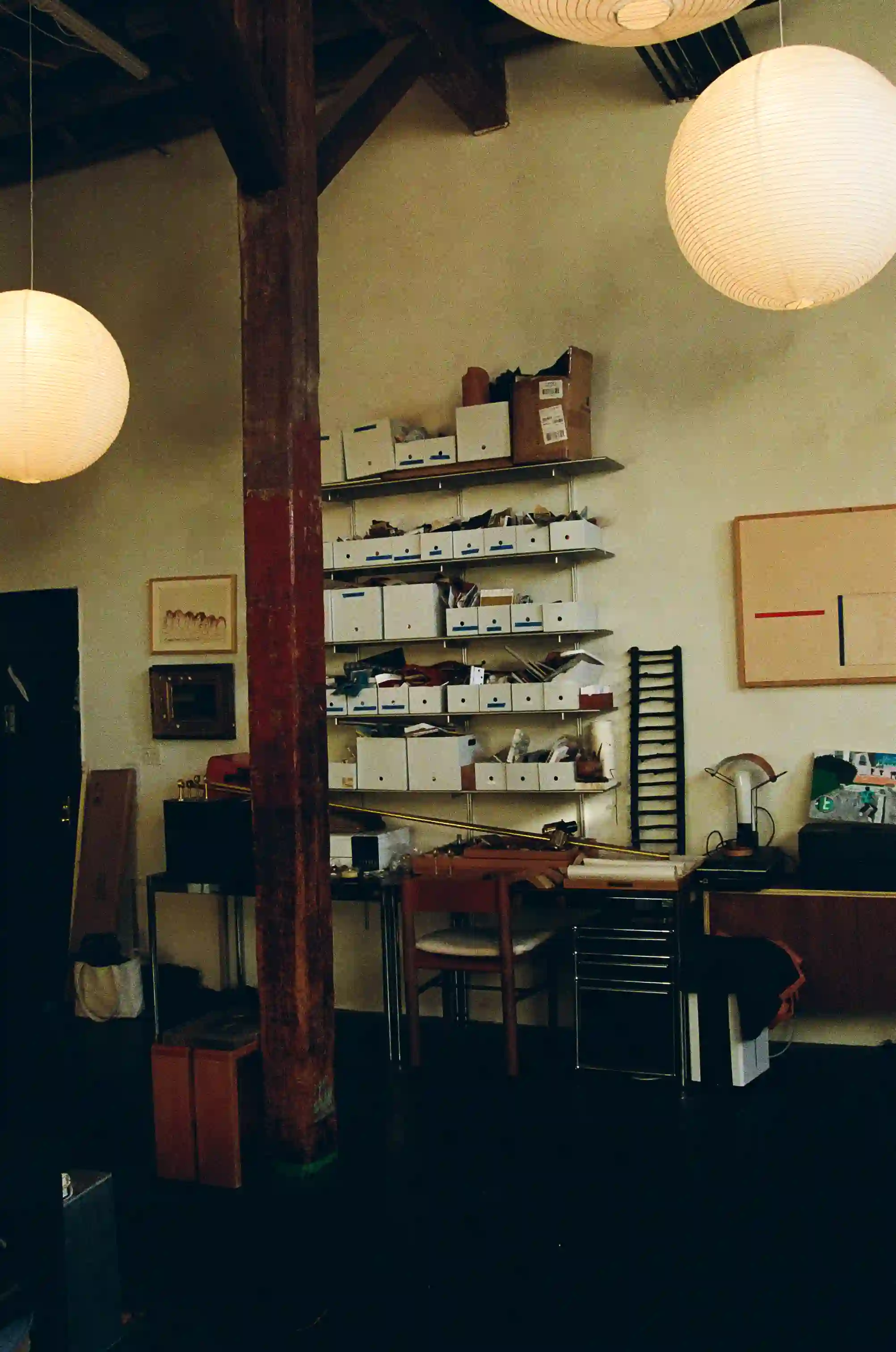
Ben Kicic Studio, Brooklyn 2024
Photo: Jenn Roberts
U
Is there any book or reading you would recommend to new designers, or to anyone approaching object design with a focus on wood, as in your case?
There are very many places to start. I think for general design a good reading is Walter Benjamin, not because of his writings about wood, but rather to think beyond material into meaning. For wood and craft more directly Roy McMakin’s When Is a Chair Not a Chair? It reminds me that furniture can hold humor and cultural critique while still being functional. When I was starting out, I liked how different McMakin’s work and ethos was to everyone else I was studying, and I learned a lot there.
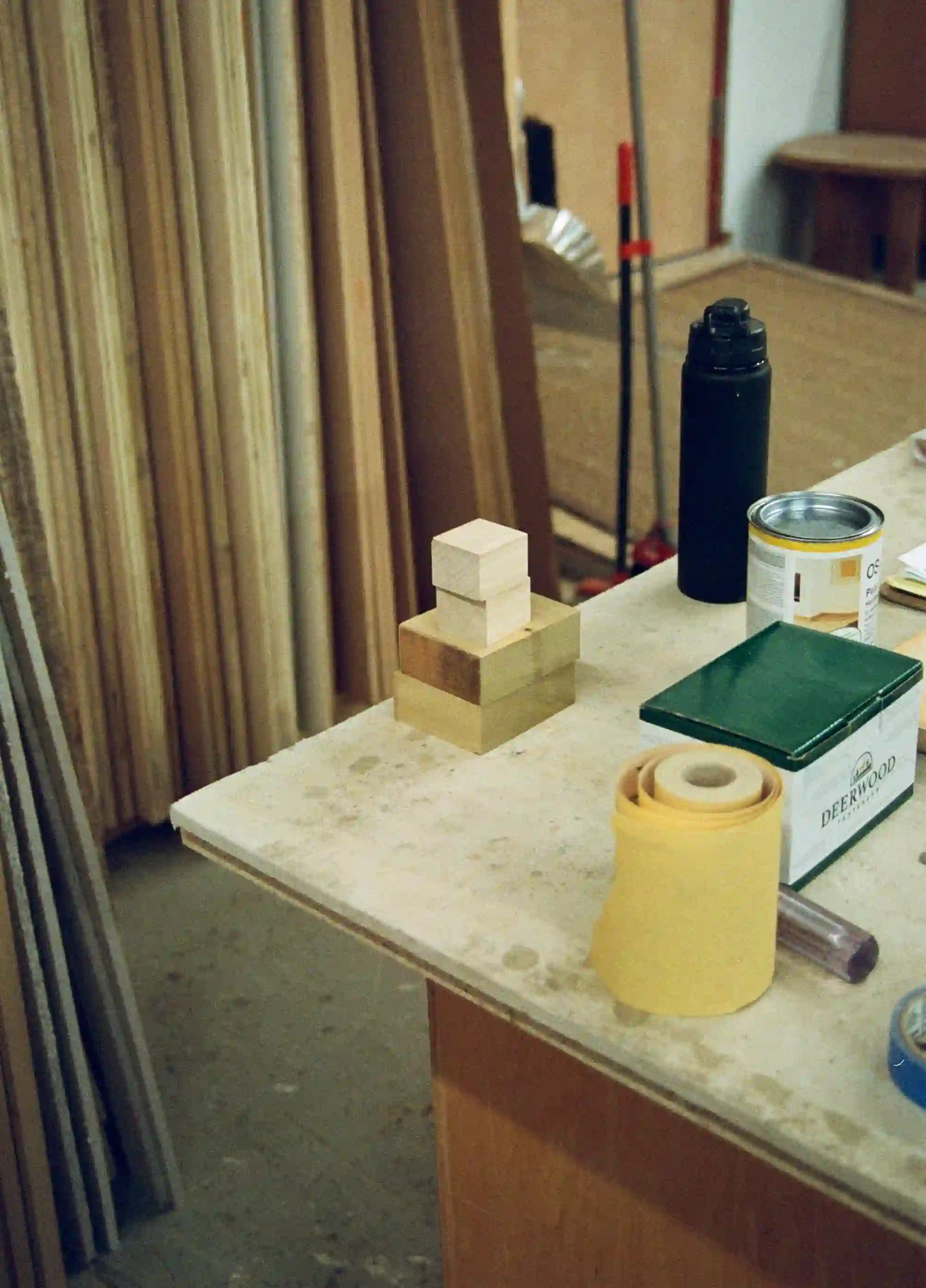
Ben Kicic Studio, Brooklyn 2024
Photo: Jenn Roberts
U
How were Sedia and Tavolo initially conceptualised?
They began from sketches exploring proportion and balance: how a simple chair or table can feel both grounded and airy. The starting points were really about stripping back and finding restraint and simplicity, reducing to what’s essential while still giving the object's presence.
U
What are the starting points and main sources of inspiration when designing these objects?
The starting point was proportion and restraint, how to make a simple chair and table feel grounded, but also light and approachable. I was interested in stripping things back to what’s essential while keeping warmth and presence.
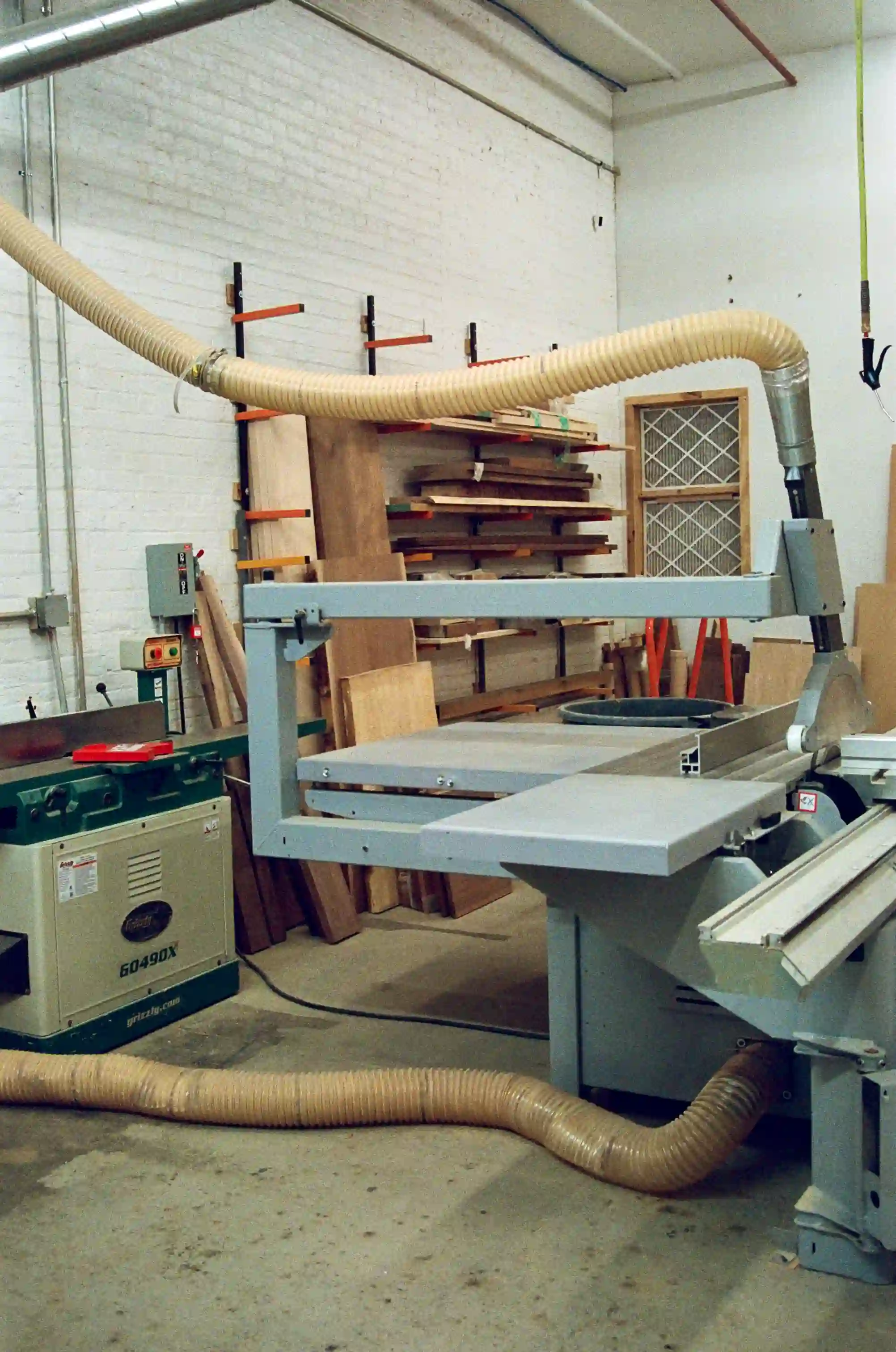
Ben Kicic Studio, Brooklyn 2024
Photo: Jenn Roberts
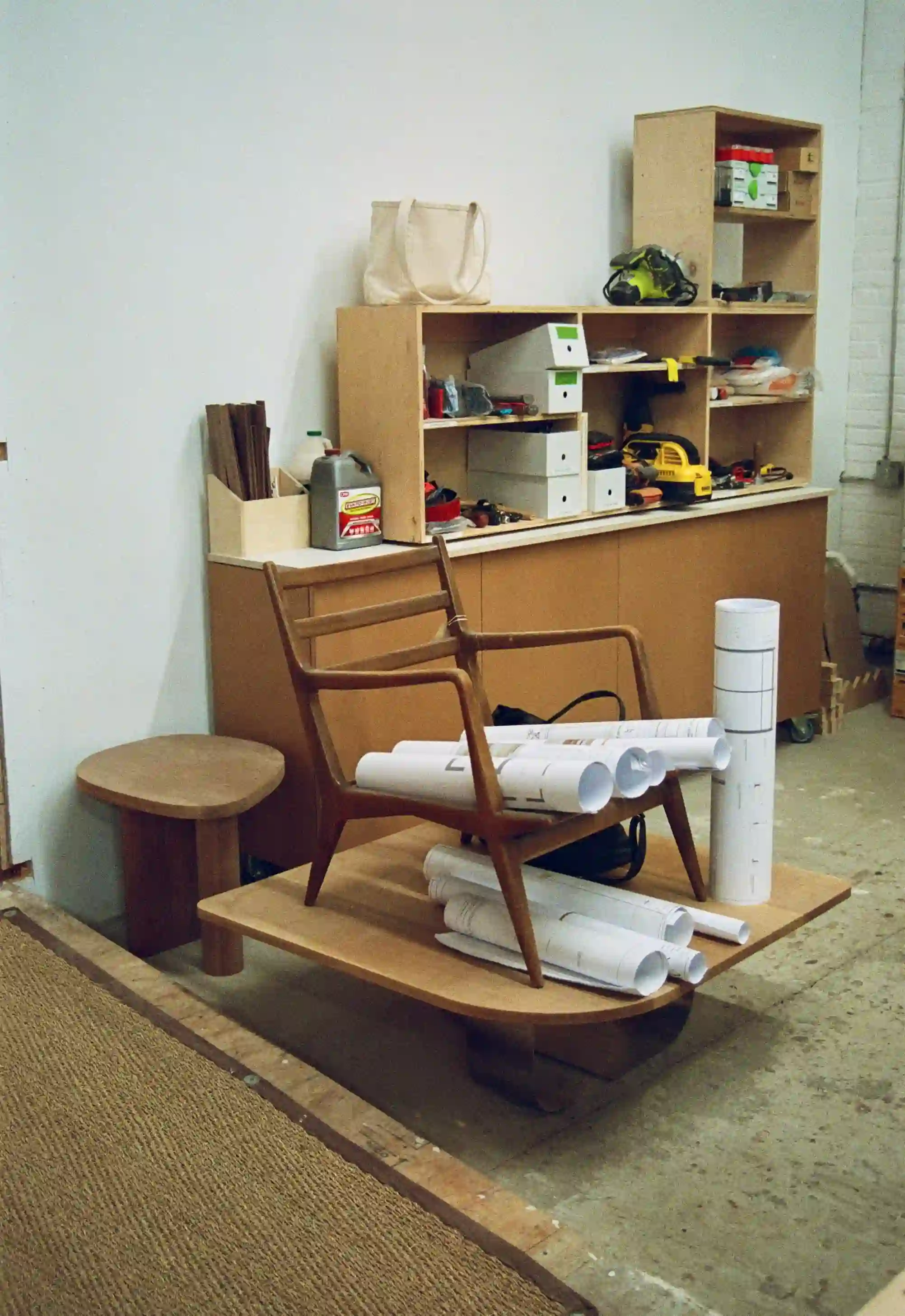
Ben Kicic Studio, Brooklyn 2024
Photo: Jenn Roberts
U
During the research and design phase, did you draw inspiration from historical or contemporary figures who influenced the design of Sedia and Tavolo? If so, who and how?
During the research and design phase, did you draw inspiration from historical or contemporary figures who influenced the design of Sedia and Tavolo? If so, who and how?
U
Why did you choose Italian words as their names? In this regard, which Italian and/or Swiss designers have been the most influential or inspiring for you?
The Italian names are meant to honor the collaboration and context, the residency in Bedano, the connection to Swiss and Italian craft, and the deep history of furniture in that region. I’ve been especially inspired by Italian designers like Gio Ponti and Carlo Mollino, for their playfulness and discipline in construction.
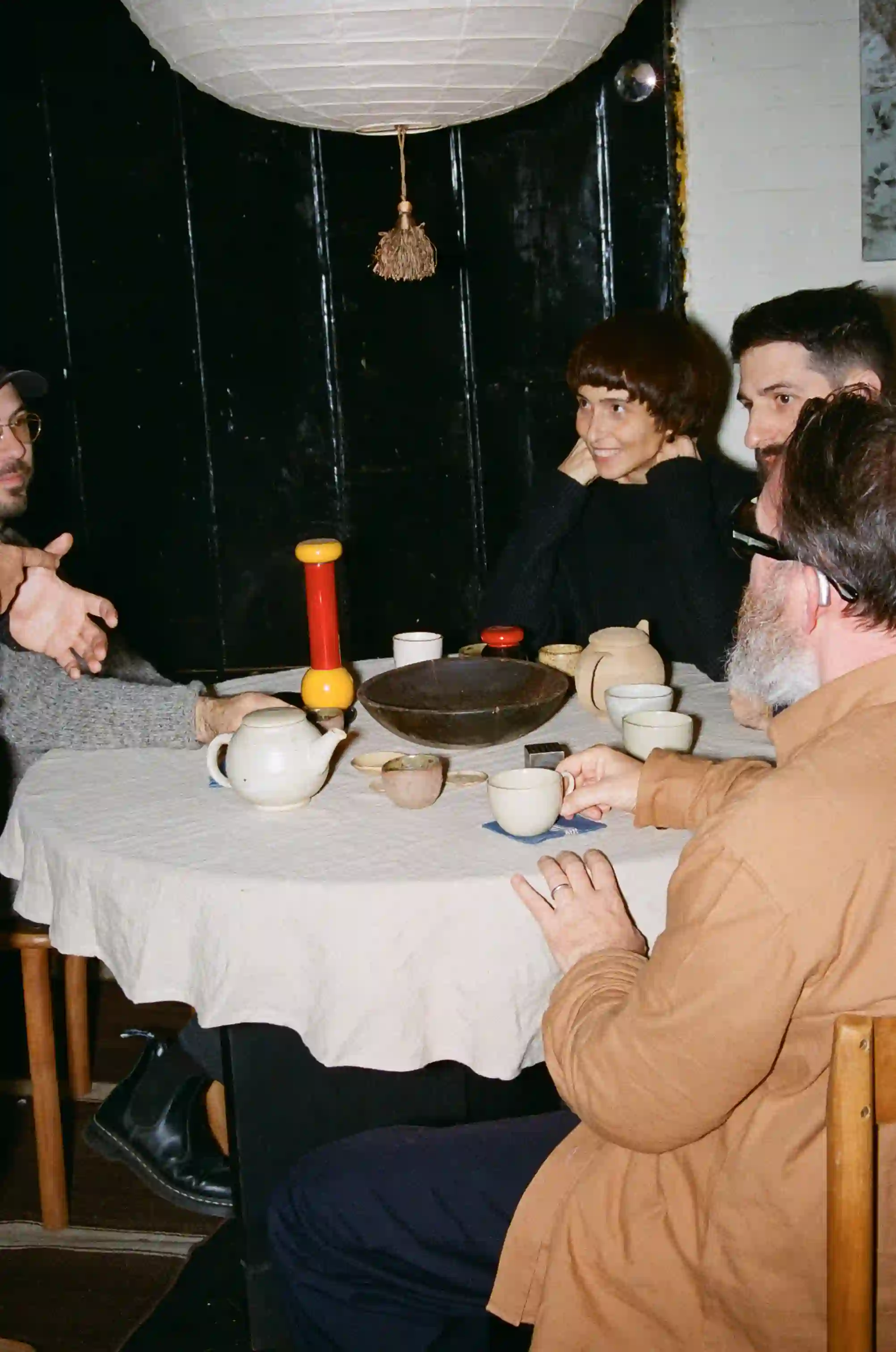
Ben Kicic Studio, Brooklyn 2024
Photo: Jenn Roberts
U
During this collaboration, you worked in close contact with VX and Unstated during a residency at the Veragouth production site in Bedano. What did you take away from this experience?
It’s really important in the process to be connected to the manufacturing of a design you have worked on digitally. There is so much to learn from full scale production, from the dialogue that happens with those connecting to your work for the first time, and the changes you get to make in that process can make the piece special and functional.
The residency gave me a renewed respect for scale and precision. Working directly with the production team showed me how small design gestures translate differently when executed with Swiss-level craftsmanship.
U
What changes occurred in Sedia and Tavolo as a result of this encounter?
There were a few but mostly formal. A change to an angle on the back of the chair for example. If we did not have this meeting in person, we would not have been able to make minor adjustments that have a big impact on the final pieces
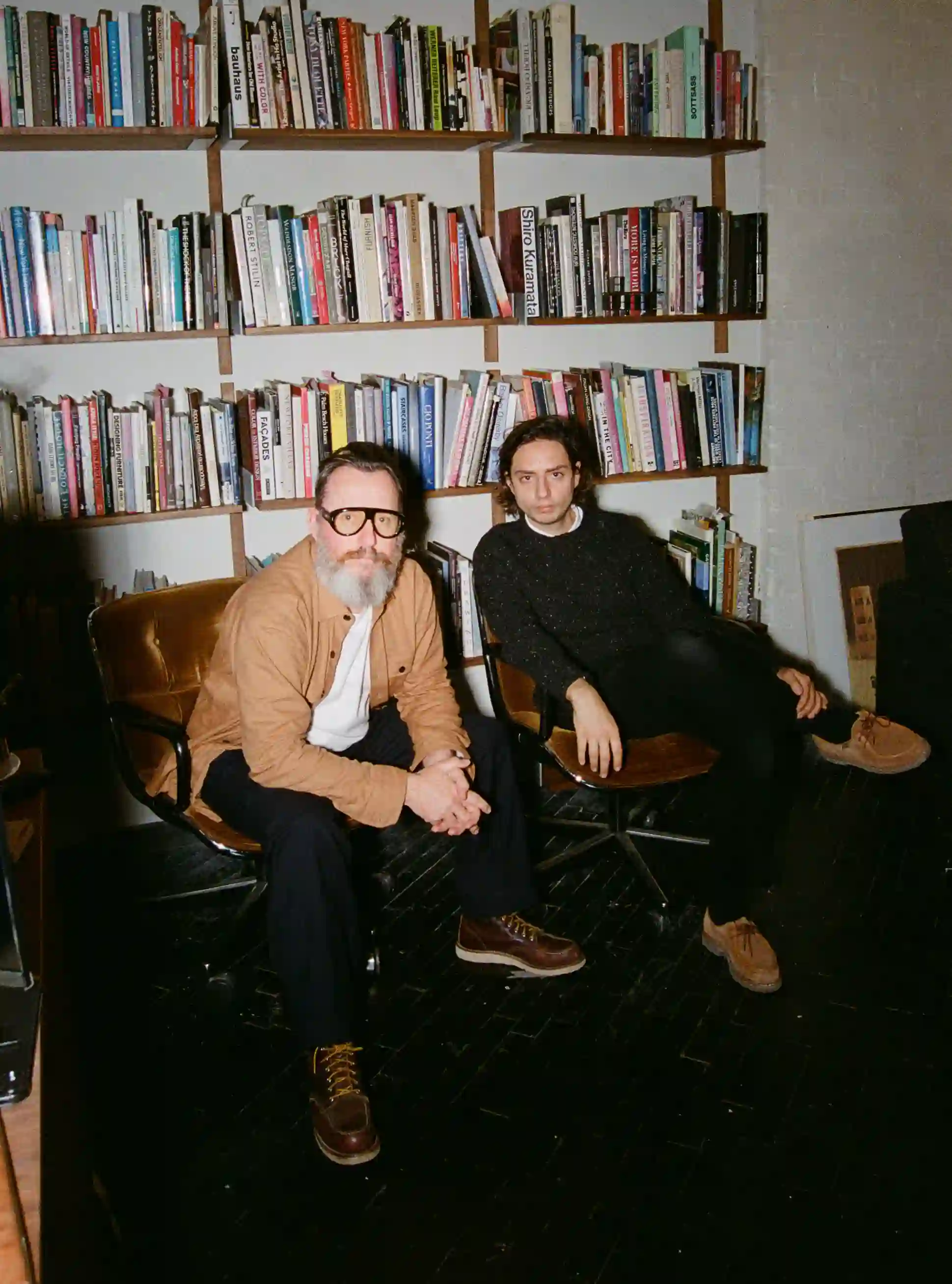
Ben Kicic Studio, Brooklyn 2024
Photo: Jenn Roberts
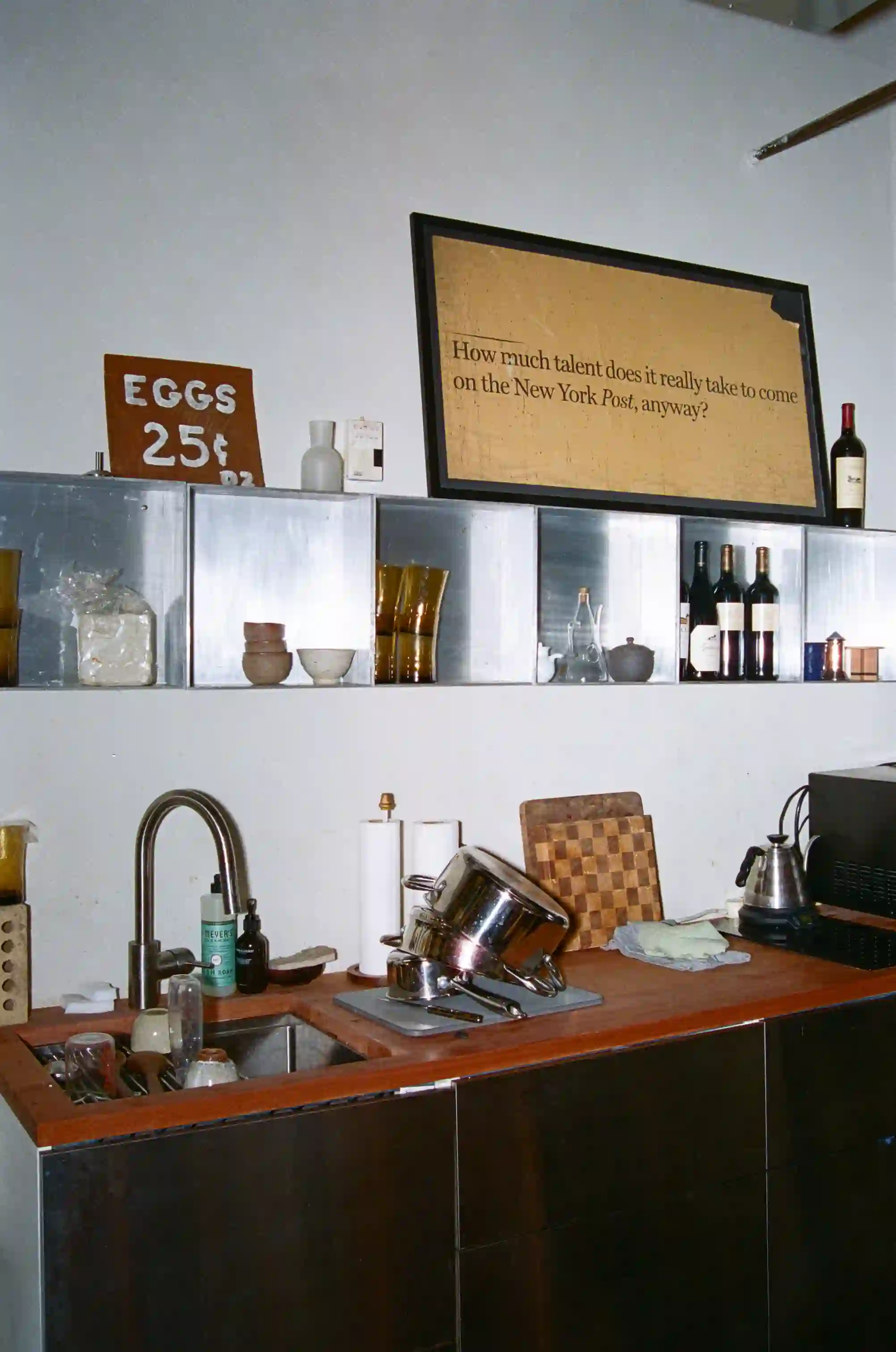
Ben Kicic Studio, Brooklyn 2024
Photo: Jenn Roberts
U
What differences have you noticed working in a Swiss company compared to an American one? Are there any interesting distinctions in their approach to design and construction?
Swiss companies tend to lead with precision and want the exact details from the start, whereas in New York the process can be looser and more improvisational. Both approaches have value, with Switzerland brings rigor, while New York allows quick pivots and experimentation. In this project, I actually had the ideas right away, so the Swiss precision helped sharpen and refine them quickly and bring them to life as I wanted.
U
How were the final decisions made regarding the materials and final shapes of Sedia and Tavolo?
It was a dialogue in the factory between myself, Veragouth, and Unstated. We refined proportions through full-scale mockups and material tests, literally sitting on the pieces and responding to them. With the table, we shifted the leg placement, deepened the curve, and thinned the top. With the chair, the back curve changed based on everyone’s physical feedback. The process was iterative, hands-on and communal.
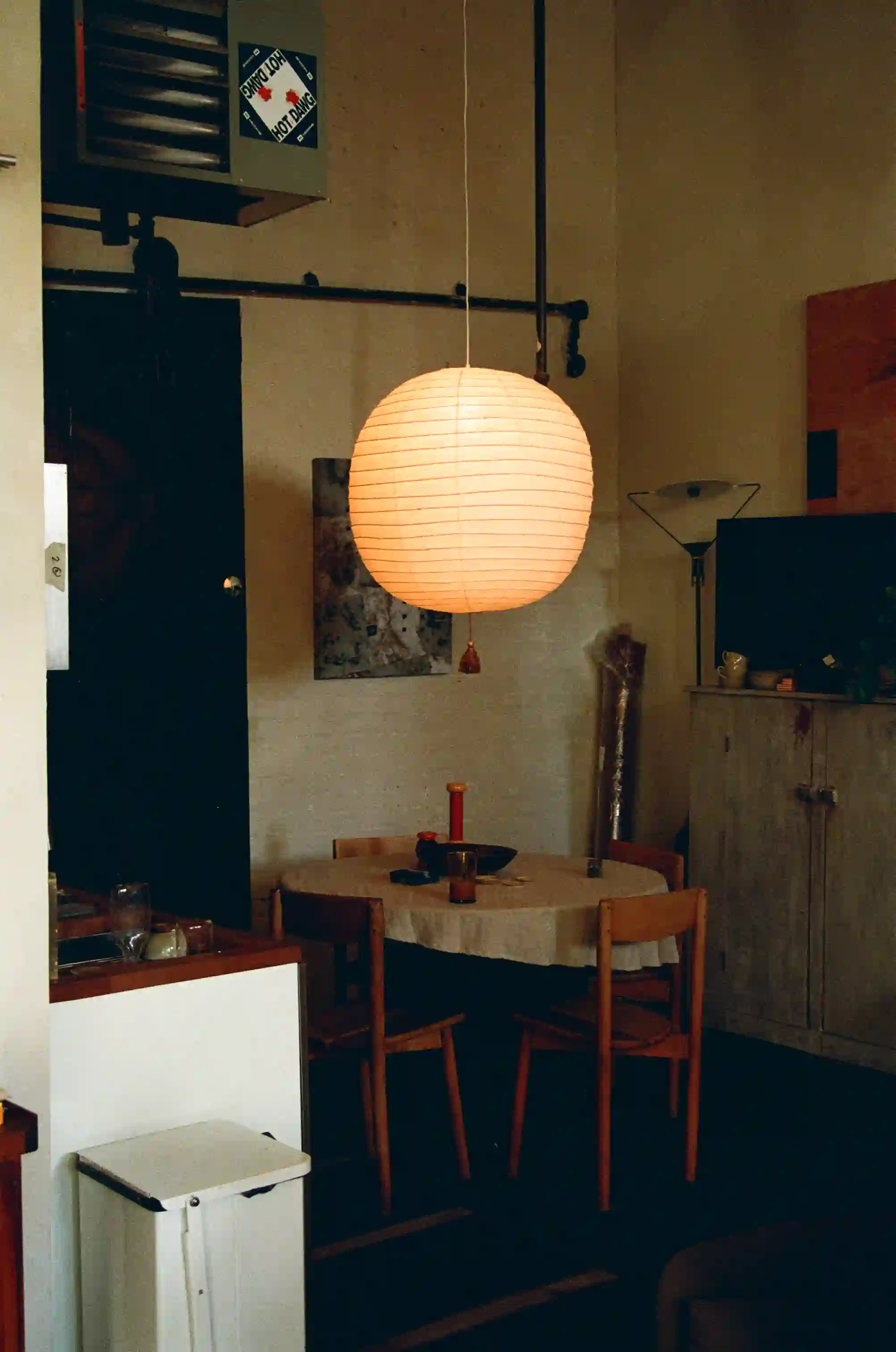
Ben Kicic Studio, Brooklyn 2024
Photo: Jenn Roberts
© Hand in Glove, 2025.
A project by Veragouth and Xilema with Unstated